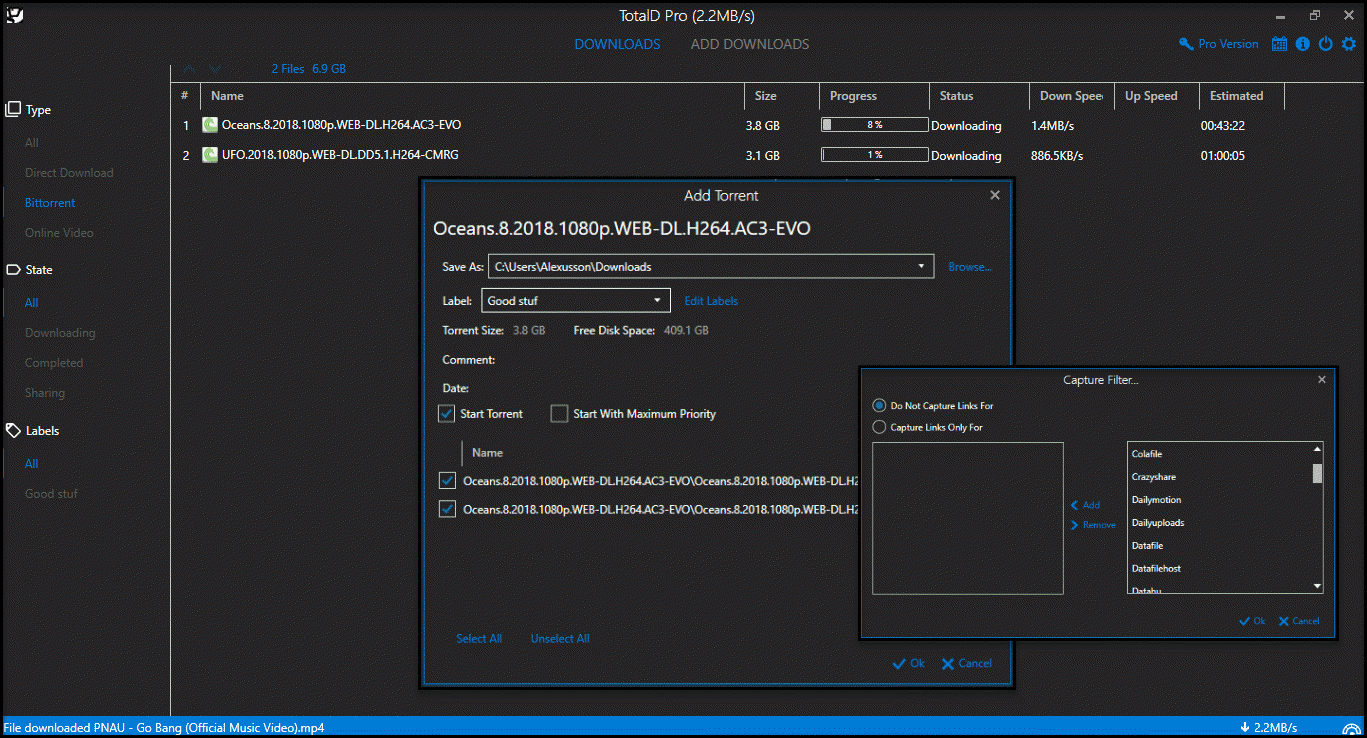


When using a humanoid robot in an environment with frequent human voices, it is important to identify which sound the robot should be responding to. If not, it will be difficult to put it into practice. However, when a humanoid robot is used for a specific purpose, a triggering method is required. In many studies, hearing systems are not designed to work in real time. Humanoid robots with the capability of listening to the human voice are useful in a number of applications. Experiments show a precision of +/-5 degrees in white noise in SNR of 10 dB.Ĭurrently, humanoid robotic applications are increasing. Ava operates real-time and updates the position even in its moving phase. Ava has two built-in microphones inside its ears and employs three different algorithms simultaneously for feature extraction and a two-layer perceptron neural network for localization. The speaker localization system then finds the speaker position in the azimuth plane and commands motors to turn horizontally toward the speaker in a smooth trajectory.

Then the speech segments are processed to reduce different kinds of noise levels. Ava employs a Speech Activity Detection system which differentiates speech segments of non-speech. In this paper we have designed and implemented a robotic head, " Ava ", which turns toward the speaker in noisy environments. Listeners turn their heads toward speakers to enhance communicative attention this is also an act of appreciation to the speaker. Socially cognitive robots are supposed to communicate and interact with humans and other robots in the most natural way.


 0 kommentar(er)
0 kommentar(er)
